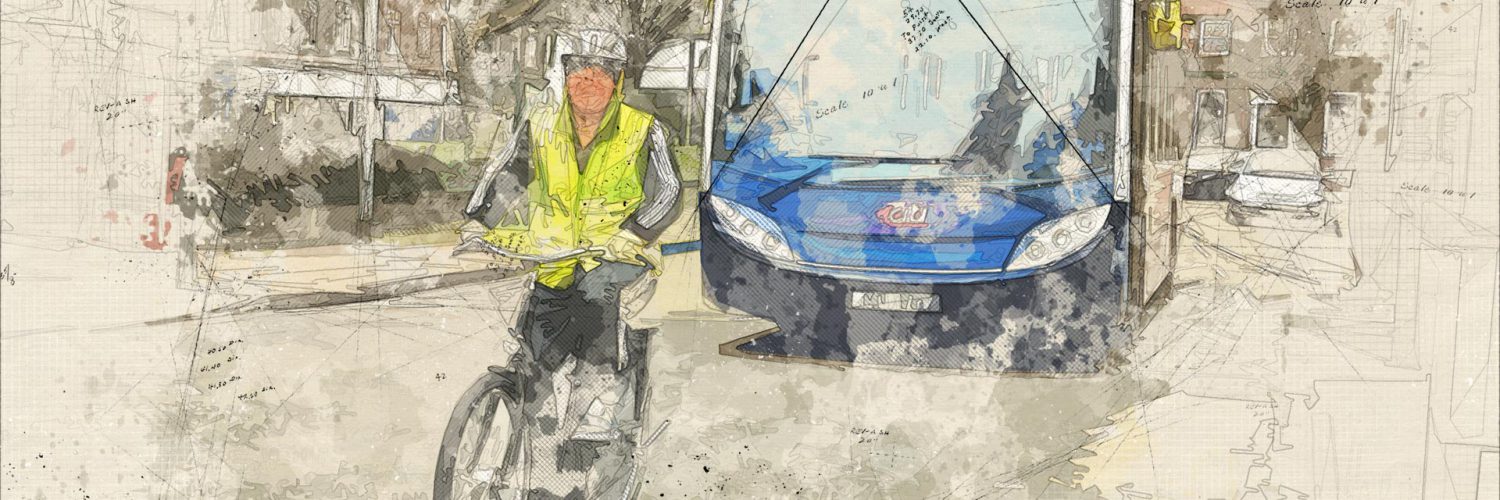A refrain running through many of the questions to the City Deal is, “Where is the vision?” When Smarter Cambridge Transport put this question to the board last week, the audience was treated to three slides with vision statements from the Cambridge draft Local Plan, the South Cambridgeshire draft Local Plan (which drew sniggers from the audience), and the Transport Strategy for Cambridge and South Cambridgeshire.
In each case, the message can be distilled into three parts:
1. Keep the good stuff.
2. Make the less-good stuff better.
3. Don’t allow growth to spoil the good stuff.
Let’s examine a few points from the transport vision:
“More and more people will walk, cycle or use community or passenger transport…” Why and how?
“Although car trips to the city centre will still be possible, they will be channelled along routes away from buses and cyclists.” How will this segregation be achieved on Cambridge’s radial roads and village high streets?
“Both the strategic and local road networks will operate efficiently and reliably” How will the County Council and Highways England put an end to bad weather, vehicle breakdowns and driver error?
“There will be an extended network of dedicated passenger transport routes with fast and frequent links to and from key destinations.” Is this a coded commitment to more busways?
“…impacts of congestion on the bus network will be reduced significantly.” Is this code for more bus lanes?
A vision in words that cannot be translated into images is not truly a vision: it’s a literary fiction that requires the reader’s imagination to fill in the gaps; people see what they want to see.
A true vision of a changed future is necessarily challenging: not only will the look of places change, but so must our habits and lifestyles – especially our reliance on private cars. Not everyone will like it.
Change is coming. We can either sit back, and wait for developers and decay to create the future for us; or we can sit up and start debating what we want our cities, towns, villages and countryside to look like in the future.
This article was first published in the Cambridge Independent on 1 February 2017.



Add comment